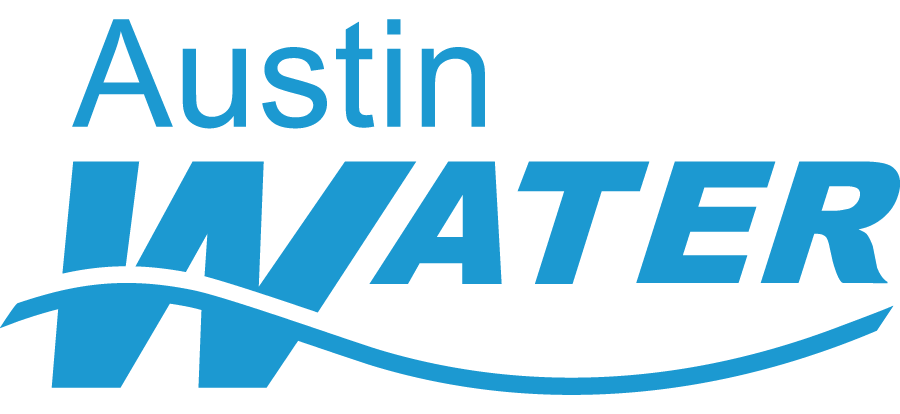Why is Nitrogen reduction required?
Nitrogen is a plant nutrient that can contribute to dissolved oxygen loss in surface waters, especially in lakes. Nitrate (one form of Nitrogen found in wastewater effluent), is highly soluble and mobile in groundwater, and can easily migrate to surface waters. Excess Nitrogen in surface waters can increase the amount of aquatic plants, which can further reduce the oxygen available for other forms of aquatic life. Studies conducted by the City’s Watershed Protection Department indicate that OSSFs may be a likely source contributing nitrate in the Barton Springs segment of the Edwards Aquifer.
What is Austin’s authority?
Austin City Code Chapter 15-5, regarding the regulation of onsite sewage facilities (OSSF), requires that systems proposed after the effective date of the revised ordinance (October 29, 2013) and located within: a) 75-feet of Lake Austin; b) the Edwards Aquifer Recharge Zone (EARZ); or c) areas of Barton Springs segment of the Edwards Aquifer Contributing Zone (EACZ) with certain soil conditions; provide Nitrogen removal.
How do I know if my property is located within the EARZ or the Barton Springs segment of the EACZ?
You may use Austin Water’s full page interactive map to determine if you are located within Austin Water’s jurisdiction for OSSFs as well as whether or not you are located within the EARZ or the Barton Springs segment of the EACZ. However, not all systems located within the Barton Springs segment will be required to provide Nitrogen reduction; sites with soils suitable for a standard absorption system will not be required to provide Nitrogen reduction. Please call this office at 512-972-0050 for more information regarding treatment requirements for properties located within the Barton Spring segment.
What treatment options do I have?
A list of City approved treatment options for Nitrogen reduction can be found here. These systems are approved for residential use and for non-residential use when a designer can satisfactorily demonstrate either an effluent total nitrogen concentration of 20 mg/L after treatment, or a maximum of 11 pounds of total nitrogen leaving the treatment system per year. The following testing reports were used to approve these systems:
- Aquapoint, Inc., Bioclere Model 16/12
- Bio-Microbics, MicroFast 0.5 (RetroFast 0.375 Report)
- FujiClean USA, CEN-5 Model (third party verification and report), Cen-7 Model
- SeptiTech Inc.
- Orenco System, AdvanTex Models Report 1, Report 2, Report 3.
- Non-proprietary recirculating sand filter EPA Fact Sheet 1, EPA Fact Sheet 2, EPA Fact Sheet 3
- Non-proprietary vegetated recirculating gravel filter
- Non-proprietary vegetated recirculating gravel filter and vegetated woodchip bed
Can I maintain my own Nitrogen reduction system?
No, these systems must be maintained by manufacturer-trained and certified personnel.
I am a designer or vendor and would like to get a Nitrogen Reduction System approved by the City- how do I do that?
Guidelines on how to obtain approval from the City can be found here.
For high strength, high flow non-residential facilities, a non-standard design for a system that meets the 20 mg/L total nitrogen effluent limitation will be required to be submitted by a professional engineer or registered sanitarian. The design shall be based on actual performance data and/or established design criteria for removing nitrogen from the wastewater. These types of systems include recirculating sand filters combined with anaerobic/anoxic filters, aerobic/anaerobic trickling filter package plants, sequencing batch reactors, membranes, and source separation technologies. Testing of the wastewater effluent may be required after the system is permitted in order to ensure the total nitrogen effluent limitation is being met. Approval will be on a case-by-case basis only.





